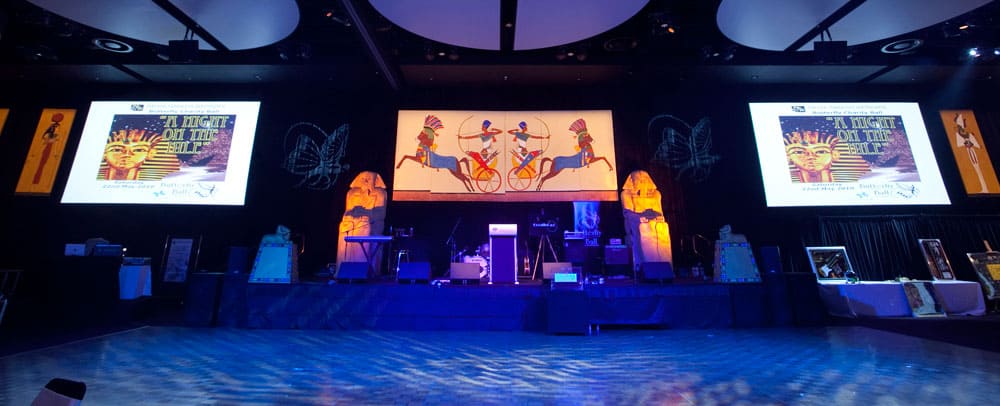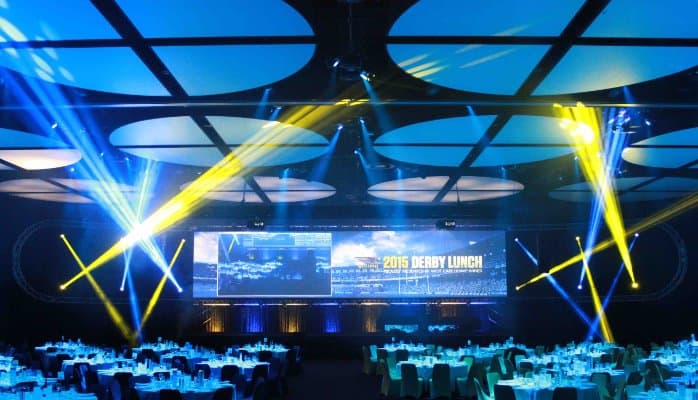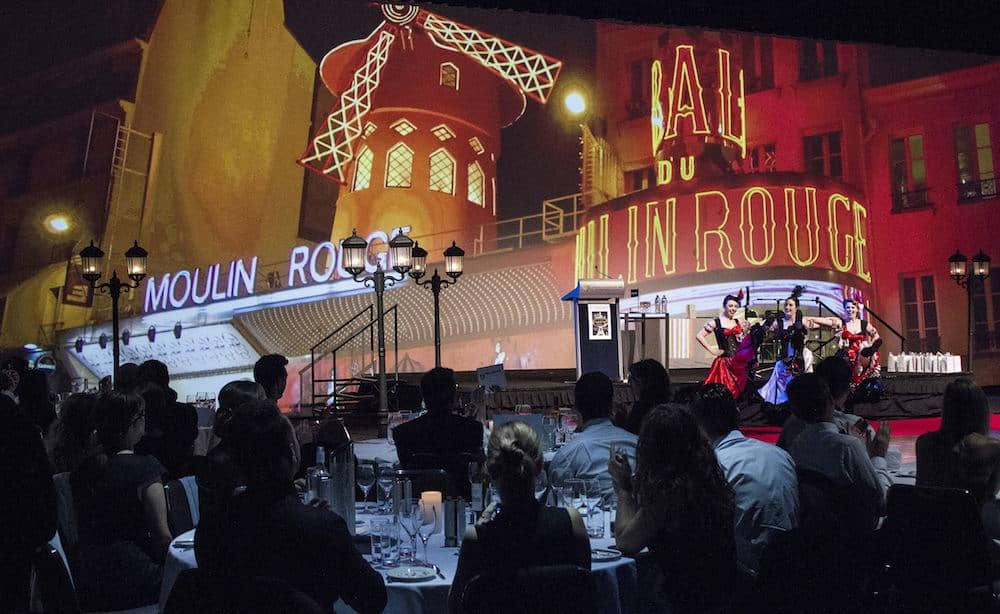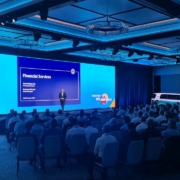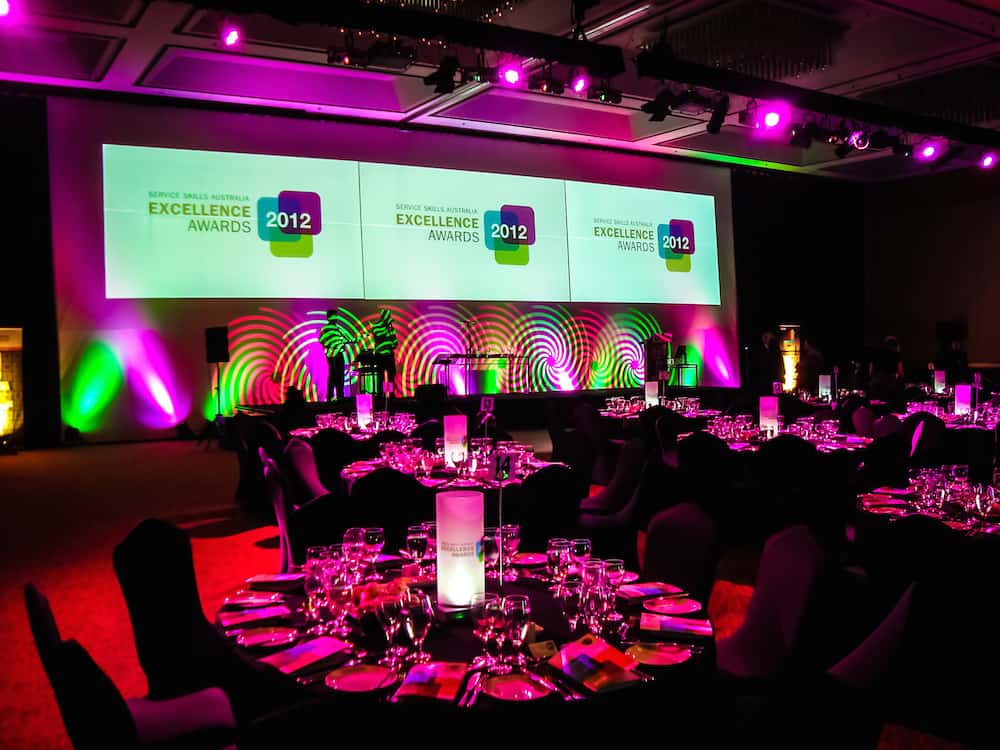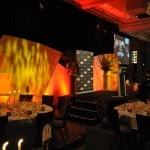What’s the difference between 4:3 and 16:9?
There is enough to keep you busy when organising an event. Understanding aspect ratios can help clarify some of your AV decisions and tick them off your seemingly never-ending ‘to do’ list.
So, what is aspect ratio? Simply put, it is the proportion of width to height of an image, presentation or screen.
Since the 1940s, the 4:3 aspect ratio has traditionally been used in television. For every four inches of width of an image, there are three inches of height.
The 16:9 aspect ratio evolved from the film industry as a way to make movies bigger and better and provide a point of difference for viewers from what they could view at home on their television. Transitioning into 16:9, provided filmmakers with more space around the subject and greater flexibility to compose better images.
Both 4:3 and 16:9 aspect ratios are commonly used today. We typically recommend 16:9 to leverage modern screens.
Most modern-day HDTV screens, otherwise known as ‘widescreen TVs’, are designed for 16:9 images. Only older TVs are built to accommodate the 4:3 aspect ratio. 4:3 images or presentations viewed on 16:9 screens will have black bars down the right and left hand sides of the screen.
For any event, it’s important to maximise the visual impact of presentations or images on-screen. Talk to your AV professional for advice on which option will best suit your event.
This article originally appeared at Business Events News.
